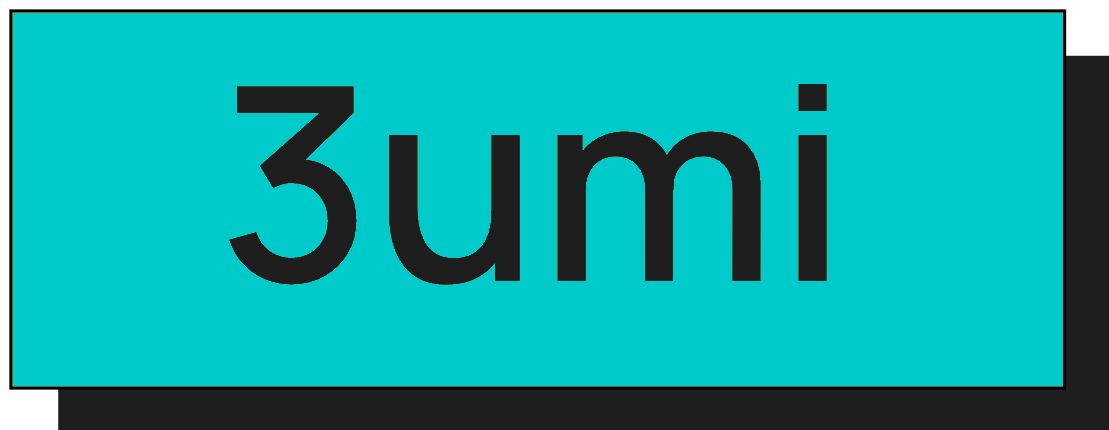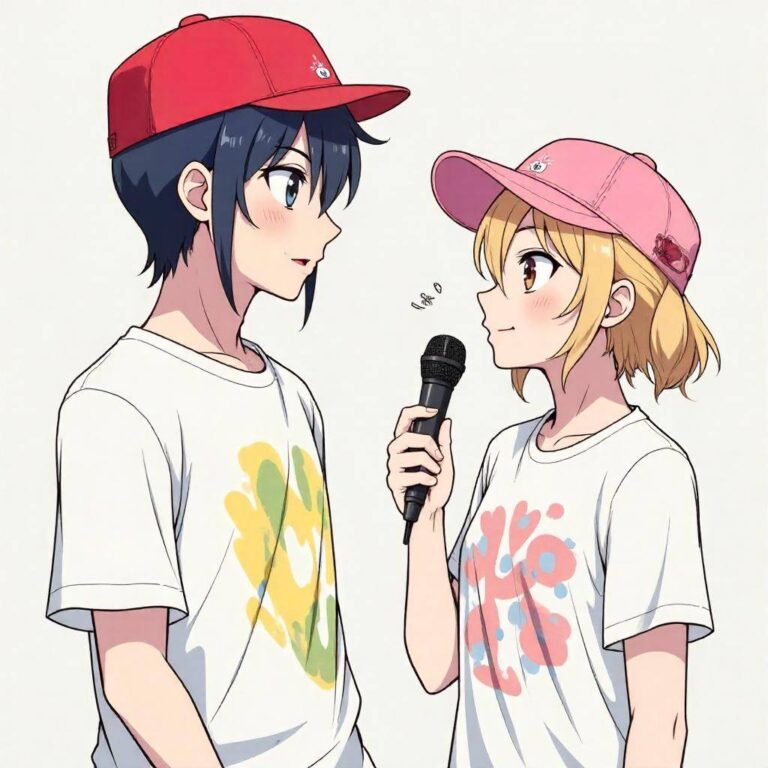Reader’s Question:
Why can’t other anime achieve the same level of animation quality as Demon Slayer?
Why Can’t Other Anime Match the Stunning Quality of Demon Slayer?
If you’ve ever found yourself glued to the screen, eyes glued to the vibrant, breathtaking animation of “Demon Slayer,” you’re not alone. I mean, can
we just take a moment to appreciate how jaw-droppingly gorgeous that show is? It’s like each frame is a painting coming to life. But that got me wondering: Why can’t other anime achieve the same level of animation quality? After mulling over this question, chatting with friends, and diving into some research, I’ve come to a few conclusions that I’d love to share.
The Budget Conundrum
First things first—money talks. Or in the case of anime, it screams. Let’s be real; “Demon Slayer” is not just a runaway hit; it’s a phenomenon. When a series has a guaranteed audience, it naturally attracts a bigger budget. This means more funds for animation, more talented artists, and a more robust support system throughout the production process. Take a moment and think about it: How often do you see a lesser-known title being backed with the same financial weight? Yeah, not often. There’s a certain irony to it—anime studios are often reluctant to invest heavily in projects that could flop. If a studio isn’t confident a series will be a hit, they’re less likely to pour resources into it, which directly affects the overall quality. It’s a classic case of “you gotta spend money to make money,” and unfortunately, not all anime studios can afford to take that gamble.
Outsourcing: The Double-Edged Sword
Now, let’s talk about outsourcing. Many anime studios, especially smaller ones, rely heavily on outsourcing to manage costs and speed up production. At first glance, it seems like a smart move. More hands on deck can mean quicker turnaround times, but here’s where it gets tricky. When studios outsource work, they’re basically passing the buck—sometimes to other countries. It can create a situation where communication falters. And trust me, when you’re trying to coordinate between different teams, it’s easy for details to get lost in translation. This is particularly crucial in high-stakes scenes, like the epic battles we see in “Demon Slayer.” The fluidity, the dynamic movements, the seamless integration of CGI; that level of coordination requires an intimate understanding between the artists. But when you have different teams working separately on different aspects, the synergy just isn’t there. You might end up with visually stunning scenes that don’t quite flow together, or worse, battle scenes that lack the intensity and coherence they need.
Ufotable’s Secret Sauce
Okay, let’s pivot a little to Ufotable, the studio behind “Demon Slayer.” What do they do differently? For starters, their in-house production rates are through the roof. This means they can keep a tight grip on quality control and communication. They’re not just relying on outsiders to bring their vision to life. I remember visiting a small animation studio once, and the atmosphere was buzzing with creativity. You could see artists working closely together, bouncing ideas off each other. It’s a beautiful thing when you witness synergy in action. Ufotable has that down to an art, quite literally. Their CG team is so talented that even the studio’s president has vouched for them! That level of confidence in your staff makes all the difference. When artists feel supported and recognized, they’re more likely to push their limits, experimenting with techniques that elevate the production quality.
Digital Effects and Fluidity
One of the standout features of “Demon Slayer” is how they integrate CGI effects with traditional animation. It’s like this perfect marriage of old and new. But let me tell you, creating that blend is no small feat. You need a team that not only understands animation but also has a solid grasp of CGI. When I was wandering through Akihabara one day, I stumbled upon a tiny shop selling art supplies, and the shopkeeper began showing me some sketches of his work. He mentioned how crucial it is for animators to have a well-rounded skill set these days because the industry is evolving fast. It’s a tough ask, but when you find that harmony between styles—like Ufotable does—it can lead to some truly breathtaking visuals. Other studios, on the other hand, might be limited by their resources or talent pool. They may simply lack the expertise to create that seamless blend. And let’s be honest; nobody wants to watch an animation that feels disjointed or lacks that immersive quality.
Popularity vs. Quality: A Balancing Act
Lastly, it’s worth noting that while popularity can help fund better animation, it can also lead to a different kind of pressure. Studios might feel the need to churn out more episodes quickly to capitalize on a trend. We’ve all seen series that start strong but lose steam halfway through. It’s like that one summer I decided to take on too many projects—at first, I was pumped, but as time wore on, my enthusiasm fizzled, and the quality of my work tanked. In the anime world, it’s a delicate balancing act. Studios need to find that sweet spot where they’re creating quality content without sacrificing their original vision.
Final Thoughts
So, in the end, the answer to why other anime can’t quite match the animation quality of “Demon Slayer” is multi-faceted. Budget constraints, the pitfalls of outsourcing, the internal strengths of studios like Ufotable, and the ever-evolving demands of the industry all play a part. As a fan, it’s a bit of a rollercoaster ride, isn’t it? I’ll always cherish those moments when I’m utterly captivated by an anime, losing myself in its world. And while not every series can achieve the same level of artistry as “Demon Slayer,” there are still plenty of gems out there waiting to be discovered. So, what’s next on my watchlist? Who knows! I’m just along for the ride, ready to be surprised by whatever comes next. And if it happens to be as visually stunning as “Demon Slayer,” well, my heart (and eyes) will be forever grateful.



